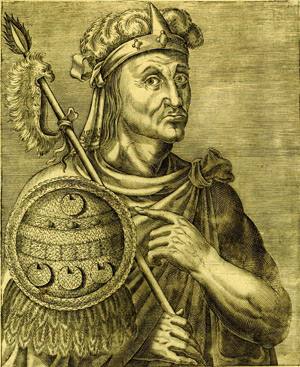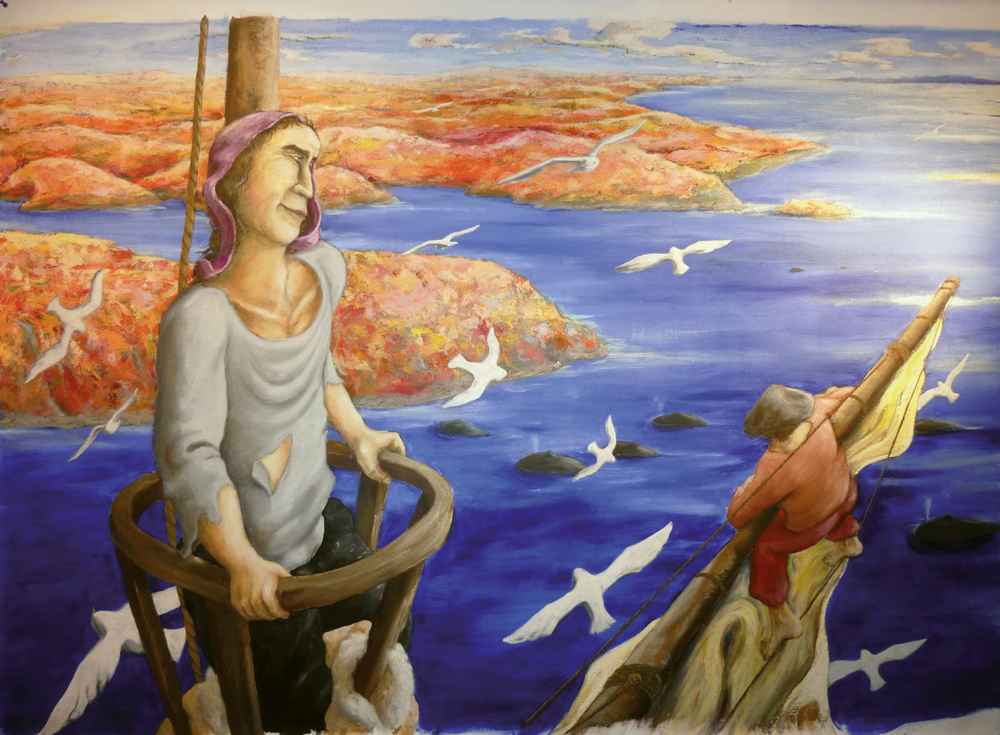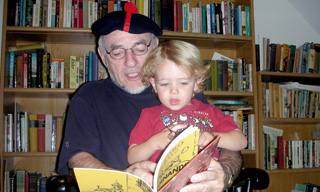Who and how did Moctezuma II kill?

Tenochtitlán, current Mexico City, June 29, 1520. Aztek's emperor, Moctezuma II, died, possibly, from a stone in his head, or wounded by the sword or arrow by the Aztecs or perhaps by conquerors.
Until the time of death comes a historiography, more or less. Since the entry of Hernán Cortés into the capital of the Empire in November 1519, the relations between the emperor and the Spaniards were apparently peaceful, mainly because the Moctezum was subjected to all the conquerors’ pretensions. But when Cortés discovered the treasure kept by Moctezuma, his intentions changed. On the pretext of a tax dispute, Cortés arrested the emperor in his palace. Another version says that during the absence of Cortés, Alvarado's substitute killed about 1,000 noble Aztecs. The Aztecs rose up and then decided to abduct the Moctezum.
The fact is that, in the midst of the rebellion of the Aztecs, the emperor went out to the balcony – or to the roof – of the palace, to alleviate the indignation of the population. According to chronicler Bernal Díaz del Castillo (1496-1584), Moctezuma went out on his own to address the citizens, who attacked him with stones, believing that the emperor had been sold. He died as a result of one of these stones, and the Spaniards were particularly attracted by the appreciation they deserved to the Moctezum, a source that does not mention the treasure.
The Franciscan Bernardino de Sahagun (1499-1590), for his part, collected the Spanish version and the Aztec sources. The chronicle of the Sahrawi people speaks of the golden hunger of the Spaniards. He says that in addition to the stones, the rebel citizens also shot him arrows. But he points out that Moctezuma's body had sword wounds, which would make the Spaniards guilty.
Most historians claim that the moctezum was “upon request” from Cortés to speak to the citizens, and that it was murdered by rebel citizens against the Spaniards. But in 2003, American historian Matthew Restall opted for the Aztec version of sources; according to his hypothesis, Moctezuma did not die from attacks by Aztec citizens, and the Spaniards, seeing that the attempt to stop the rebels with their words failed and that from then on they no longer needed anything else, decided to kill Moctezuma with his sword.
Surely we will never know who and how he killed the emperor. However, it is quite clear what condemned the emperor. And the empire.
Bilboko Itsasadarra Itsas Museoa Ibaizabal ertzean dago, ezkerraldean hain justu, behinola Euskalduna ontziolarenak izandako eremuetan. Bertatik bertara du »harekin horma bat partekatzen du, izan ere» Euskalduna Jauregia, XXI. mendeko Bilboko ikurretako bat. Bertara... [+]
Berriki egin dioten omenaldia dela eta, egunkari guztietako orrietara egin du salto Jon Bilbaok, baina euskaltzaleentzat orain urte asko da ezaguna. Atea beti zabalik duen Getxoko baserri... [+]
During the 17th century, an adolescent runs away from the Dominican convent in Donostia because it feels like a prison. Going to America, the adolescent fights for the king of Spain and oppresses the local people; spends decades shaking a sword around in the New World. No, it is... [+]
"Kaguen el kinto zentenario pegatinak 1992an ezagutu dituztenek badakite inguru hauetan ez diegula inongo zilegitasunik aitortzen konkistatzaileei, hastio ditugula guztiak. Beno, guztiak... nola gerta. Hiru konkista, hiruak garai bertsukoak, eta halere eta salbuespenak... [+]
1085. urtean, Gilermo Konkistatzaileak Domesday Book (Azken Judizioaren Liburua) delakoa osatzeko mandatua eman zuen. Ingalaterran egindako aurreneko errolda bildu zuen liburuak eta herrialde hartako altxorrik preziatuenetakoa da, duen balio historiko handiagatik. Orain, 920... [+]






















